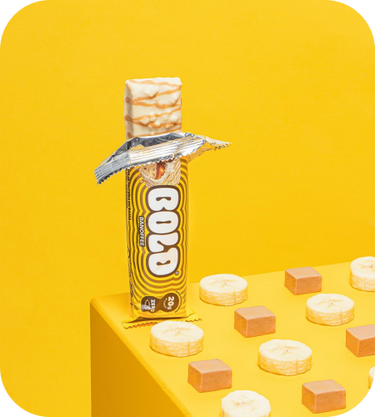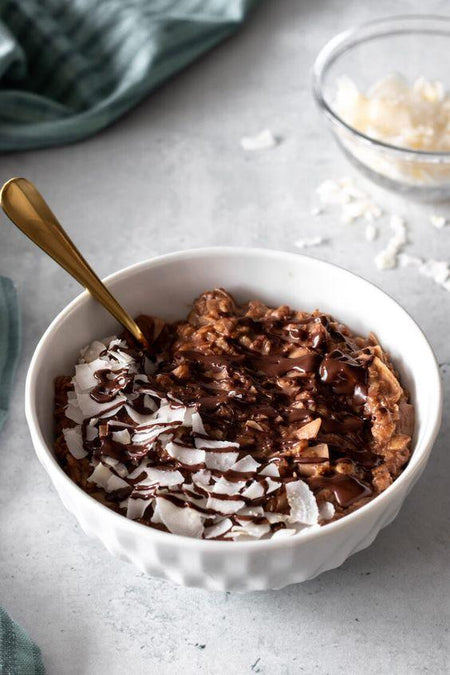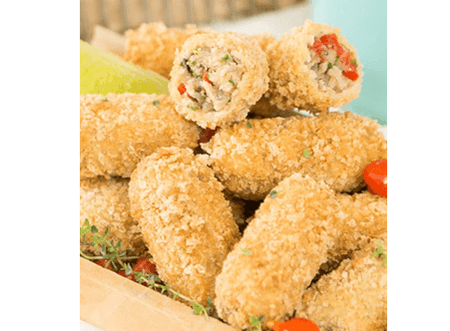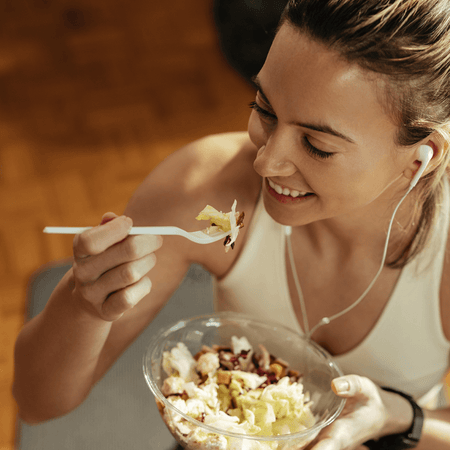“Product with no added sugar” or “zero sugar”. You have probably come across some food with this information on the packaging. When we see ingredients with these descriptions in the supermarket, we immediately think that they are the same because they apparently do not contain sugar in their composition.
But that’s not quite the case. Although the terminology is very similar, the products are distinct and understanding the difference between them is very important. After all, this confusion can often lead us to buy a food that is not always what we want.
Since we know that many people still have doubts about the characteristics of sugar-free and zero-sugar products, we have brought you this article. We will show you the differences between them and give you tips on how to read food labels so you don't make any more mistakes.
Follow!
Foods without added sugar: maintains the sugar in the raw material
When we find products with the description “no added sugar” or “no added sugar”, it means that no substance was added during the manufacturing process. Only the natural sugars that make up the raw material are maintained.
A fruit candy, for example, can be classified as such if no other substance is added. In this case, only fructose, a type of sugar, is preserved.
Products without added sugar
Dairy products and fruits are on the list of products classified as “zero added sugar”. In other words, other types of sugar are preserved, but no additional amounts of the substance are added. For other ingredients, even if they are listed in this category, the label should be checked to verify that there is, in fact, no added sugar.
Check out some of them:
- Cheese.
- Meat, fish and derivatives.
- Loose teas and ground coffee.
- Granola.
- Protein bars.
Zero sugar foods
“Zero sugar” products do not contain any amount of the substance in their composition, not even the natural sugars in the ingredients that make them up.
According to Ordinance SVS/MS No. 27/1998 , from the National Health Surveillance Agency (Anvisa), food labeled “zero” is free of some nutrients when compared to the traditional version. To comply with this terminology, it can contain a maximum of 0.5 grams of sugar in 100 grams of the ready-to-eat product.
Products classified as zero sugar
The tip of checking the food label also applies to those that are labeled as zero sugar. People with diabetes, for example, should pay even more attention when selecting ingredients.
See the list of those that fall into this category (zero sugar):
- Green leafy vegetables (kale, spinach, chard, cabbage, arugula, broccoli).
- Green vegetables (okra, cucumber, asparagus, chayote, green beans).
- Shoots (bamboo and bean).
- Tomato.
- Onion.
- Mushrooms.
- Cauliflower.
- Meats.
And what about diet foods?
Diet foods are those in which one of their nutritional components (sugars, fats, proteins and others) has been removed or have a minimum quantity of up to 5%.
Although products classified as diet and zero may look similar, they do not have the same characteristics. The fact that they do not contain sugar, for example, does not exempt them from containing sodium, fat or other components. Therefore, it is important that the label includes, in addition to the description “diet”, the nutrient removed or replaced.
The recommendation for consumption of these foods is aimed at people with some type of disease in which it is necessary to restrict or control the intake of a certain component, such as diabetic and hypertensive patients.
But, contrary to what many believe, diet products are not necessarily less caloric than conventional products. Some even have a caloric level equal to or higher than traditional products, such as chocolates, for example.
How do you know if a food contains sugar?
Although many consumers neglect to check the ingredients list of products they buy at the supermarket, this is the best way to know if they meet your needs.
It is important to note that on a label, the ingredients are described in descending order of quantity. Therefore, the first on the list is always the one with the largest portion in the composition of the food.
In the case of a product considered sugar-free, the substance should not be listed. Therefore, our tip is: ALWAYS check the packaging label. If your favorite zero-sugar chocolate lists the presence of sugar, this means that it is not free of the component and, therefore, does not match what it claims to be.
What else to look for in the nutritional table of foods
In addition to sugar, it is recommended to analyze other components in the nutritional table of the foods we buy at the supermarket.
- Fibers: To be considered a source of fiber, the product must have at least 2.5 grams per serving.
- Fats: Avoid foods that contain trans fat. Nutritionists warn that, in the table, it is usually listed as 0%. However, in the list of ingredients, the substance is “disguised” as hydrogenated fat.
- Sodium: The ideal amount of sodium should be 5% below the daily reference value. The World Health Organization (WHO) recommends a maximum consumption of 2g of sodium per day.
There you go! Now that you know the difference between no-added-sugar and zero-sugar products, don't forget to check food labels to make sure it's really what you're looking for.
We hope we have helped you understand a little more about this world of food, which is fundamental to our health and a surreal life.
Keep following us for more tips on how to have a healthy and surreal life!






